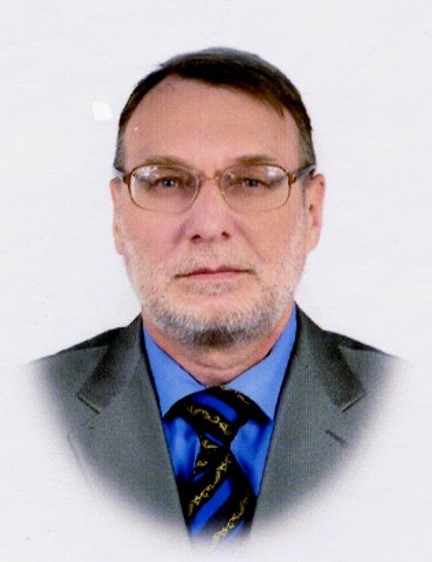The aim of the research is to search for the regularities of the mechanism of functioning of the mentality of the Tungus-Manchus and Paleoasiatics of the Amur-Sakhalin region in relation to their complexes of cults, beliefs, rituals, and life-supporting technologies. The Tungus-Manchu and Paleoasiatics mentality is understood as a way of thinking based on specific worldview archetypes, knowledge, life-supporting technologies, a complex of dominant needs, beliefs, cults, traditions, and values. The system of life activity is considered as a complex of historically formed and constantly evolving cultural, ideological, economic and household components that allow an ethnic group to be preserved and reproduced in a specific geoanthropogenic landscape, creatively develop and improve its basic ethno-cultural features as global values. According to the author, the interaction of the mentality and the system of life activity is a bi-directional process: on the one hand, the mentality determines the ways and forms of life activity, on the other – the elements of culture that form the basis of life activity, make up the patterns, patterns, models and results of thinking that characterize the features of the ethno-cultural mentality of the ethnic community. The mentality is formed under the influence of geographical, ethnic and socio-cultural, irrational and rational components, but, as a special cultural phenomenon, it reflects the specifics of the culture of an ethnic group in certain conditions of their historical and social existence and is itself the basis of the life-supporting technologies of a particular ethnic group. The novelty of the research is based on the author's concept, according to which it is the mentality that forms the basis of the ethno-cultural features of the complex of cults and the system of life of the Tungus-Manchus and Nivkhs. This provision will allow us to identify the ethno-cultural mechanisms of these ethnic groups as self-reproducing systems in the complex process of correlation of mentality, cults and life activity.
Keywords: Amur-Sakhalin region, Tunguso-Manchus, Paleoasians, mentality, life-supporting technologies
DOI: 10.22250/2072-8662.2021.3.61-69
About the author
 |
Sergey V. Bereznitsky – Advanced Doctor of Historical Sciences, Leading researcher of the Department of Ethnography of Siberia, |